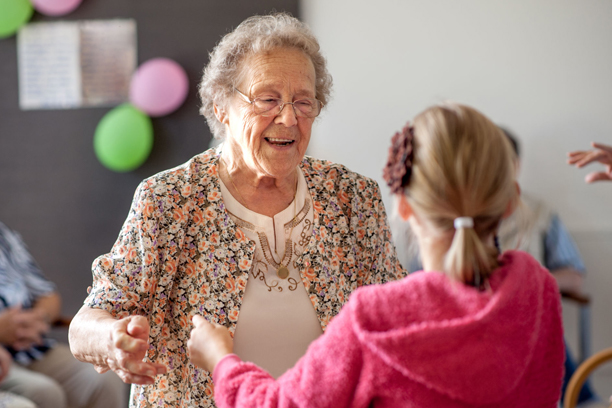Make an Appointment
Dance therapy, sometimes known as DMT, is a term for dance or movement therapy. It is a movement-based treatment that helps people develop emotional, cognitive, physical, and social integration. Dance therapy can be utilised for stress reduction, disease prevention, and mood management and is beneficial for both physical and mental health. In addition, the physical component of DMT offers increased muscular strength, coordination, mobility, and decreased muscular tension. Individuals, couples, families, and groups can benefit from dance or movement therapy. Dance therapy, in general, increases self-awareness, self-esteem, and a safe space for emotional expression.
Dance therapists work with clients in treatment to improve their self-esteem and body image. Dance or movement therapy is a diverse type of treatment based on the concept that motion and emotion are inextricably linked. Dance therapy’s artistic expression can help to improve communication skills and foster dynamic connections. Dance therapists work with people in therapy to help them improve their body image and self-esteem. Dance or movement therapy is a versatile form of therapy founded on the idea that motion and emotion are interconnected. The creative expression of dance therapy can bolster communication skills and inspire dynamic relationships.
The majority of individuals are aware that dancing is beneficial to their health; it increases cardiovascular endurance, muscle tone, balance, and coordination. While these aspects are undoubtedly beneficial, dance or movement therapy elevates therapeutic dance to a new level. Movement becomes a language rather than just a workout. Dance allows people in treatment to express both conscious and unconscious feelings, allowing a therapist to respond in kind. Dance therapists utilise a “movement vocabulary” that focuses on physical expression rather than words to help people work through challenges.
Several physical and mental health concerns are treated using dance and movement therapy. It may help with the following conditions:
- Anxiety
- Eating disorder
- Low self-esteem
- Post-traumatic stress disorder (PTSD)
- Arthritis
- Chronic pain
- Communication problems
- Dementia
- Depression
Benefits of Dance or Movement Therapy
Dance therapy
has numerous advantages that make it a valuable adjunct to other therapeutic methods. Dance or movement therapy emphasises body-based methods, whereas many treatment modalities, such as cognitive-behavioural therapy (CBT), focus on cognitions or behaviours.
Dance therapy has many benefits that can make it a helpful addition to other treatment approaches. Where many treatment modalities, such as cognitive-behavioural therapy (CBT), focus on cognitions or behaviours, dance/movement therapy incorporates body-based strategies.
- Promotes calm: A therapist can use DMT to provide body-based ways to help down-regulating the system. This allows for a greater sensation of calm.
- Self-awareness: Building self-awareness can aid in the treatment of eating disorders by allowing people to feel more connected to their body’s physical cues. Emphasis on the body assists the client in gaining the awareness required to recognise physical and emotional hunger and fullness sensations
- Coping skills: DMT can also be used to develop coping skills that can be used outside of therapy. With the guidance of the therapist, one can utilise movement and understanding of your movement preferences to explore strengths and signs of stress, distress, and triggers.


3 Comments
Pingback: Dance or Movement Therapy – Sujata Birla Hospital
Pingback: Spinal Muscular Atrophy (SMA) | Sujata Birla Hospital
Pingback: 5 Tips to Reduce Joint Pain and Stiffness this Winter Season | Sujata Birla Hospital